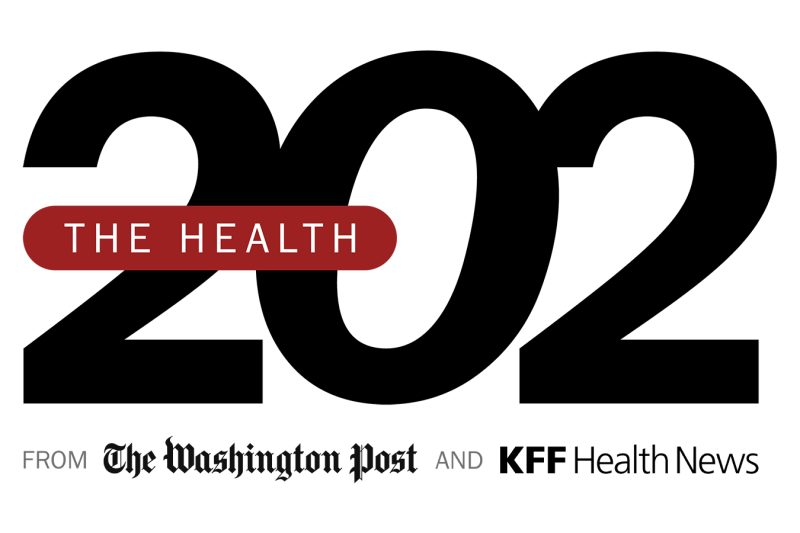Why Do We Pay For so Much Worthless Health Care?

Medical advances are expensive. Take Wegovy, the wildly successful obesity drug that we learned last week may also reduce the risk of heart disease. If just 10 percent of Medicare beneficiaries start taking the drug, taxpayers could be on the hook for nearly $27 billion a year.
So how can the country afford the latest and greatest in medicine? One possibility: Stop paying billions of dollars a year for stuff that doesn’t help patients and might even harm them. As much as 30 percent of the $3 trillion we spend on health care annually goes to such low-value care, as I reported in this story.
Some examples: Doctors continue to prescribe unneeded opiates or antipsychotics, routinely screen for vitamin D deficiency, and order cancer-screening tests late in life when they are unlikely to provide much benefit. Treatments like those raise costs, lead to health complications and interfere with the delivery of more appropriate care.
But the fee-for-service health system in the United States rewards doctors for providing more care rather than the right care, and that has made it maddeningly difficult to stop such waste. And even when doctors have no financial incentives to order additional tests or services, low-value care is hard to stamp out.
A recent analysis in Colorado, for example, found that patients and private and public payers in the state spent $134 million on unnecessary care in 2021. And despite a more than decade-long campaign called Choosing Wisely to identify unnecessary services, spending on low-value care has barely budged.
In some places, defensive medicine plays a role, as doctors in highly litigious states order extra lab tests or imaging in fear of malpractice suits. And sometimes, low-value services just get ingrained in the culture and become almost impossible to eliminate.
As Mark Fendrick, director of the University of Michigan Center for Value-Based Insurance Design,put it, “There’s a culture of more is better. And ‘more is better’ is very hard to overcome.”
Some individual institutions have been able to reduce low-value care. Children’s Hospital Colorado slashed the number of abdominal CT scans in kids by having surgeons come to the emergency room and help estimate how likely they were to have appendicitis. And a Los Angeles safety-net health system operating on a fixed budget was able to eliminate unnecessary testing before cataract surgeries. But these efforts are more the exception than the rule.
Fendrick has been beating the drum that eliminating low-value services is the only viable way to pay for all the advances in medicine, such as the new anti-obesity drugs like Wegovy. A provision in the Affordable Care Act already provides a means to do that. Buried deep in the law, Section 4105 (which Fendrick jokes only about eight people actually know about) gives the health and human services secretary authority to not cover any service to which the U.S. Preventive Services Task Force assigns a D rating, meaning it offers little or no benefit and isn’t recommended.
Several years ago, at the request of then-House Democratic leadership staffers, Fendrick calculated that Medicare could save $5 billion over 10 years by not paying for the seven most common D-rated services. And that reflects only the services themselves, not the cascade of unnecessary care they often precipitate.
Spoiler alert: Medicare is still paying for them.
“You could cover insulin. You could buy a lot of obesity drugs,” Fendrick told me. “That’s not enough — maybe a month of obesity drugs — but you know what I mean.”
This article is not available for syndication due to republishing restrictions. If you have questions about the availability of this or other content for republication, please contact NewsWeb@kff.org.








